BHUTAN
PARO
Paro is a historic town with many sacred sites and historical buildings scattered throughout the area. It is also home to Paro Airport, Bhutan’s sole international airport.
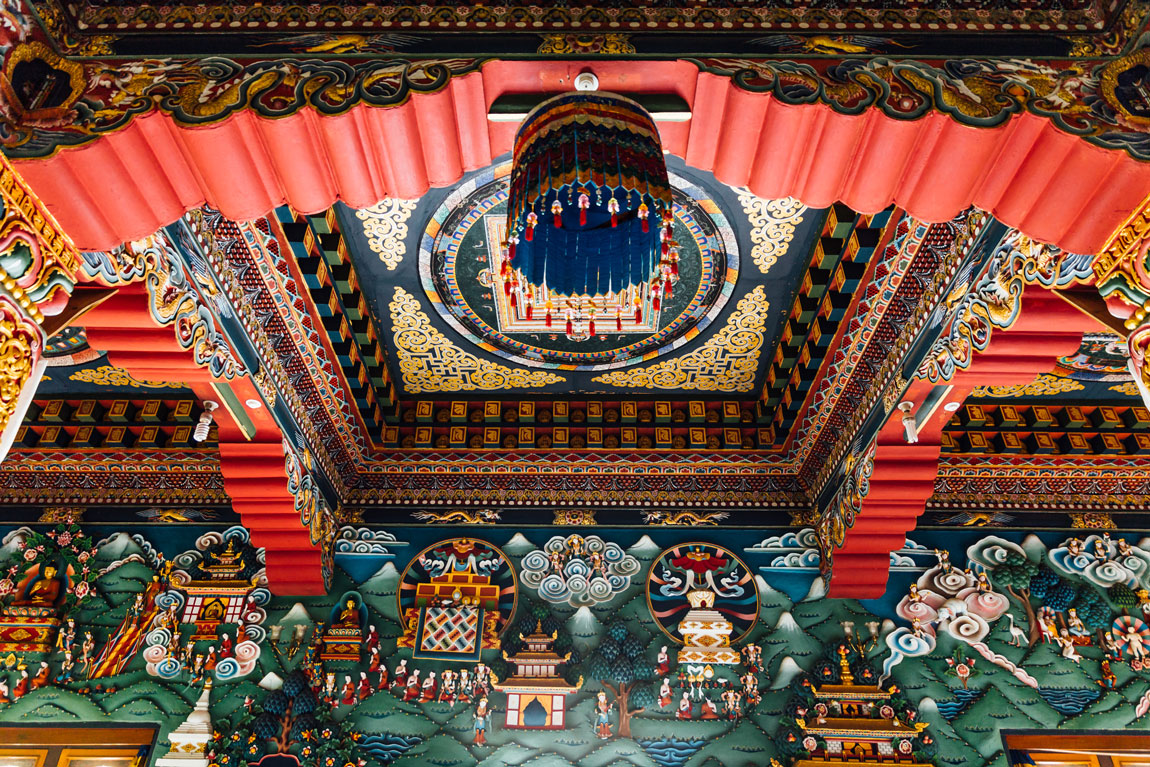
PARO TAKTSANG PALPHUG MONESTRY OR TIGER’S NEST
Tiger’s Nest is a prominent Himalayan Buddhist sacred site and the temple complex is located in the cliffside of the upper Paro valley in Bhutan.
A temple complex was first built in 1692, around the Taktsang Senge Samdup cave where Guru Padmasambhava is said to have meditated for three years, three months, three weeks, three days and three hours in the 8th century. Today, Paro Taktsang is the best known of the thirteen taktsang or “tiger lair” caves in which he meditated.
The monastery is located 10 kilometers (6.2 mi) to the north of Paro and hangs on a precarious cliff at 3,120 meters (10,240 ft), about 900 meters (3,000 ft) above the Paro valley, on the right side of the Paro Chu. The rock slopes are very steep (almost vertical) and the monastery buildings are built into the rock face.
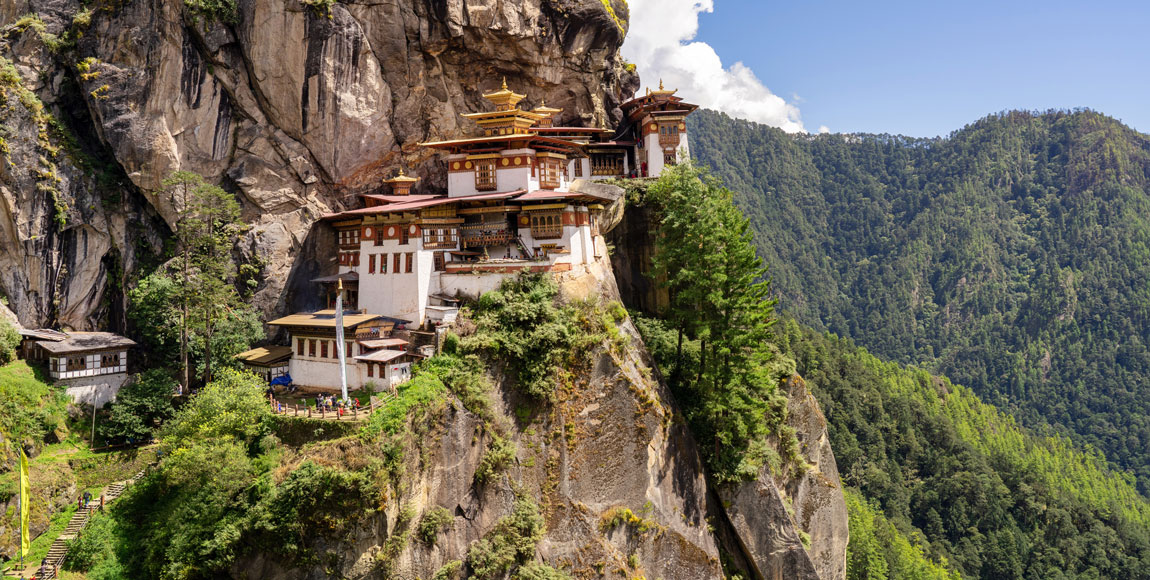
THIMPU
Thimphu, Bhutan’s capital, occupies a valley in the country’s western interior. In addition to being the government seat, the city is known for its Buddhist sites. The massive Tashichho Dzong is a fortified monastery and government palace with gold-leaf roofs.
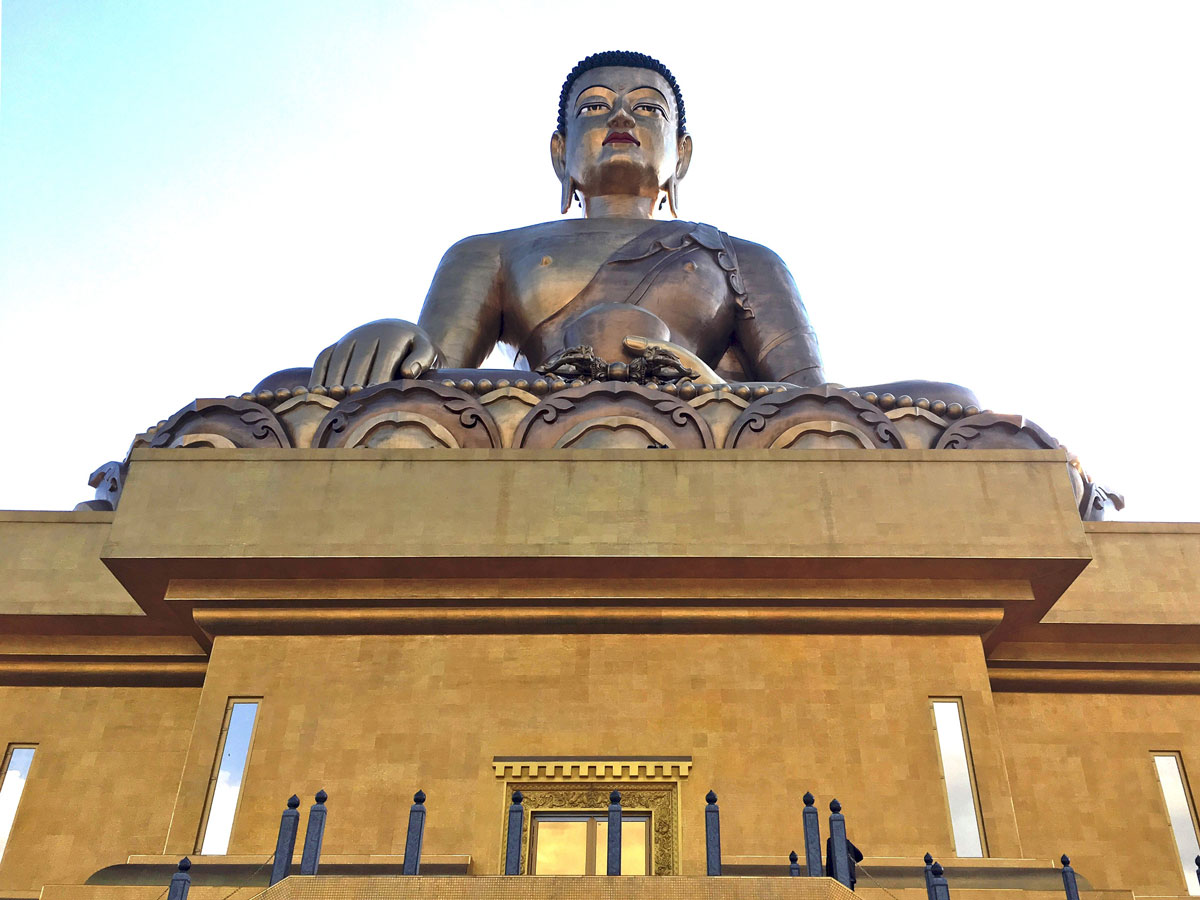
ARCHERY IN BHUTAN
Archery is the national sport of the Kingdom. Archery was declared the national sport in 1971 – when Bhutan became a member of the United Nations. Since then, the popularity of Bhutanese archery has increased both inside and outside Bhutan, with a measure of government promotion. Bhutan also maintains an Olympic archery team.
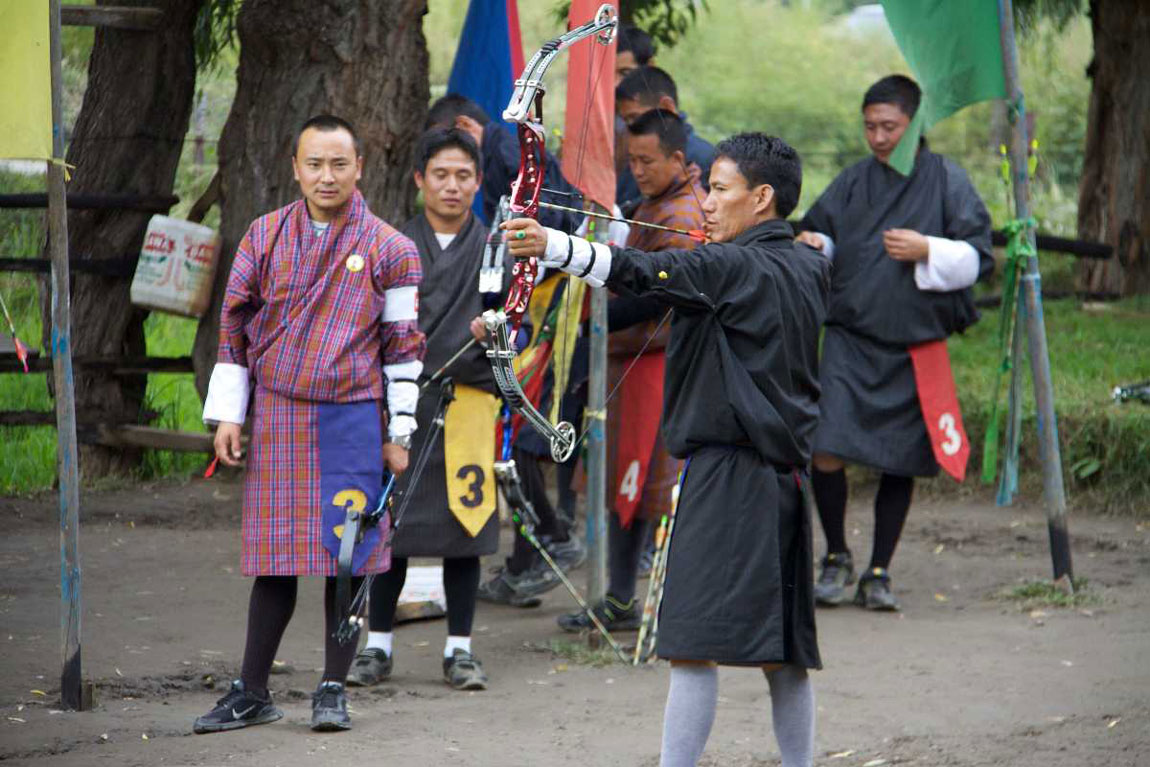
DOCHULA PASS – 108 CHORTENS
The Dochula Pass is a mountain pass in the snow-covered Himalayas within Bhutan on the road from Thimpu to Punakha where 108 memorial chortens or stupas known as “Druk Wangyal Chortens” have been built by Ashi Dorji Wangmo Wangchuk, the eldest Queen Mother. Apart from the chortens there is a monastery called the Druk Wangyal Lhakhang (temple), built in the honour of the fourth Druk Gyalpo (head of the state of Bhutan), Jigme Singye Wangchuck; the open grounds in its front yard is a venue for the annual Dochula Druk Wangyel Festival. The pass with 108 memorial chortens is adjacent to the country’s first Royal Botanical Park.
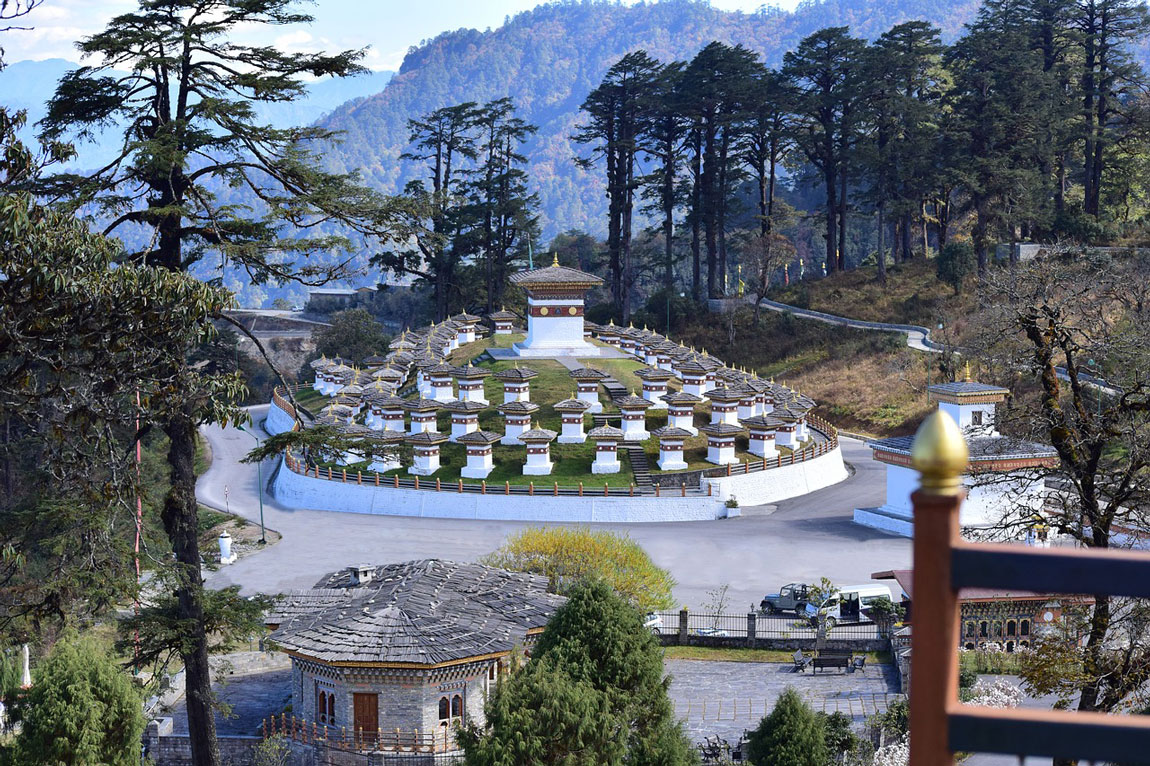
PUNAKHA
It’s known for the Punakha Dzong, a 17th-century fortress at the juncture of the Pho and Mo Chhu rivers. The fortress hosts the Punakha Tshechu, a religious festival featuring masked dances and music. In the surrounding Punakha Valley, temples include the fertility-focused Chimi Lhakhang and the hilltop Khamsum Yulley Namgyal Chorten, which has river and mountain views.
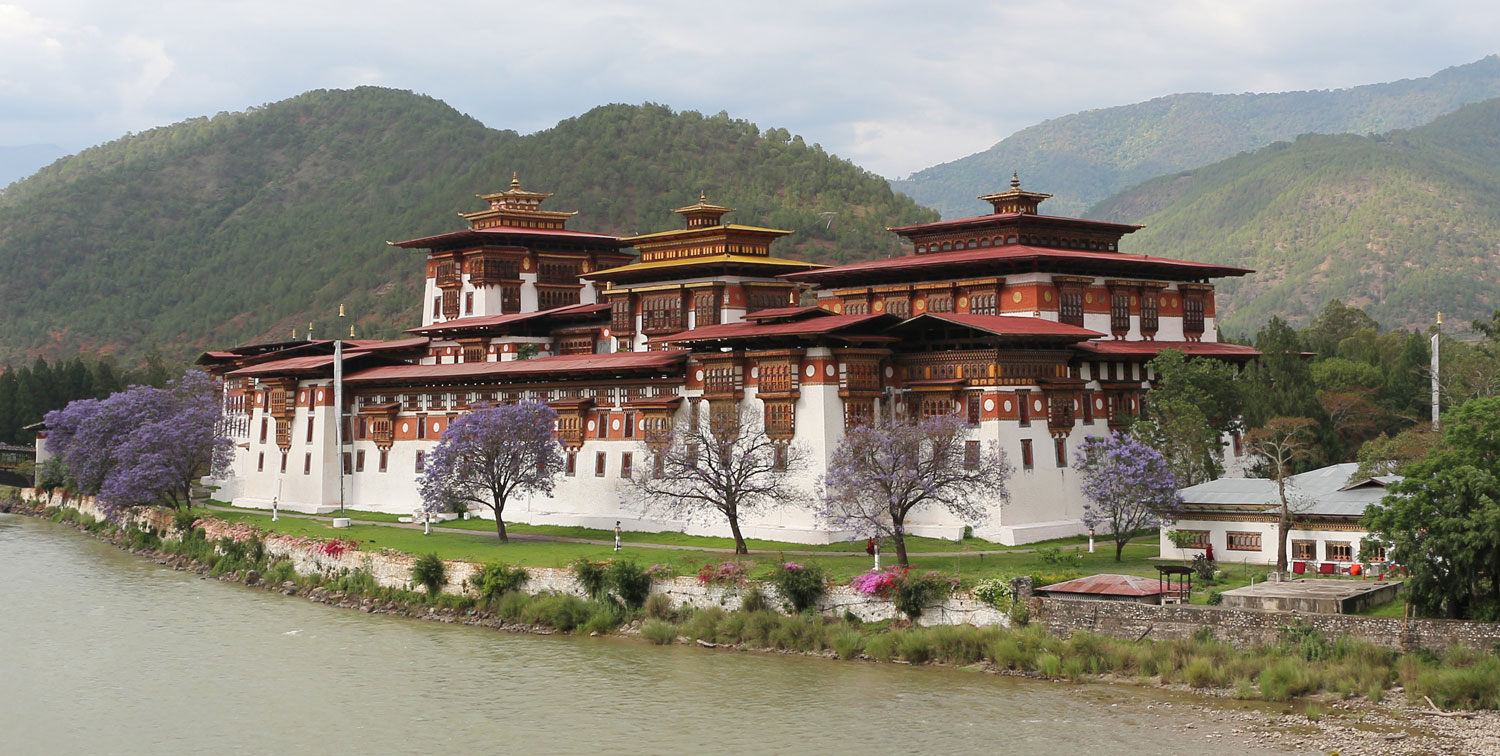
BLACK NECKED CRANE CENTER
Star of the center is Karma, an injured black-necked crane who was discovered as an eight-month-old with a broken wing and now lives in a neighboring enclosure. It’s a rare chance to see these magnificent cranes up close.
Your first stop in Phobjikha should be the information center of the Royal Society for Protection of Nature (RSPN), which has informative displays about the black-necked cranes and the valley environment. You can use the center’s powerful spotting scopes and check what you see against its pamphlet Field Guide to Crane Behaviour. If the weather’s iffy, you can browse the library and watch a 15-minute video.

